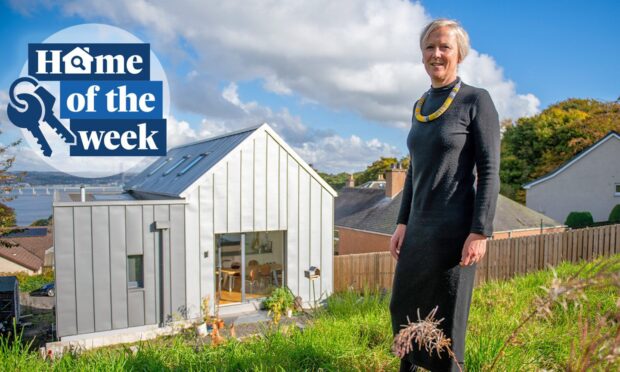I find the adventures of our great plant hunters fascinating. Before my career took me to botanical gardens where I learnt more, I’d never stopped to ask just how some of these tropical plants such as Monkey Puzzles or orchids came to find themselves on our shores
Over the last few hundred years as countries began to open up their borders in trade, men such as David Douglas and George Forrest were sent to parts of the world in search of new plants, organised by botanical gardens and horticultural societies with sponsorship from wealthy landowners.
Although someone capable of the study of plants on an expedition may have been useful, this may not have been deemed important enough to take up a valuable space onboard a ship in its own right – therefore men like David Lyall took time to pursue their interest in botanical study and collection whilst combining a more functional role.
David Lyall was born June 1st 1817 in the village of Auchenblae on the east of Scotland, south of Aberdeen, the rich red soil of the land around where he grew up and favourable climate meant this part of the country is able to support high yielding crops and a variety of wild flora.
In fact, his grandfather William Lyall in 1756 experimented with turnip, revolutionising it as one that could be grown, lifted and stored through the winter so able to keep cattle well fed and alive.
Something until that point Scotland did not possess with most farm animals having to be slaughtered in autumn except a few for breeding purposes.
The village where he grew up was not far from the port of Montrose, and with his time obtaining a medical degree at Aberdeen University he was no stranger to the sea. His answer to finding adventure and see more of the world he was reading about was to become a naval surgeon.
After gaining experience on a whaling ship in the Greenland area where he also took the opportunity of collecting botanical species, Lyall joined the expedition in 1839 to find the south magnetic pole as assistant naval surgeon aboard HMS Terror.
His equivalent appointment onboard the second ship was non other than Joseph Hooker, son of William who, as professor of botany at the Glasgow Botanical Gardens, mentored many young explorers, including David Douglas. These influences were the beginning of Lyall’s vocation as a collector of plants.
Although most of their specimens from Antarctic areas were of algae, it was the plants and seeds from stops of New Zealand which excited the nursery men back home in Britain on their return.
A good portion of my career has been spent working in alpine gardens, attending many talks organised by the Scottish Rock Garden Club and reading many excellent articles on the plants of New Zealand in their twice yearly journal.
During this period I recall being taken by a large, white flowering buttercup from this part of the world called Ranunculus lyallii.
Years later when I first read about the discoveries of this man, it gave me such a buzz to connect the two together, that David Lyall from a few miles up the road gave me the opportunity to cultivate such a beautiful plant, after he first saw hundreds of acres covered with it in its natural habitat in the west of the country’s South Island.
Lyall’s career on the seas would also see him searching for missing ships and their crew in the Artic, the full fury of naval warfare in the Crimean War, and then based at Vancouver Island in Canada charting the boundary of the 49th parallel.
His he became a mountaineer, scaling the Rocky Mountains from sea level to the summits 8000 feet high, to define the boundary points between USA and Canada.
In doing so he would also continue his plant collecting which on completion compiled of nearly 1400 samples of dried plants, part of a career totalling 6,700 specimens.
The legacy of plant hunters lives on through their collections of plants that are still favourites of our parks and gardens today.
Probably Lyall’s most notable is one many of us see growing somewhere every day.
Phormium, evergreen clumps of upright sword-shaped leaves making striking structural plants for borders that come in a variety of foliage forms, and perfect for those who garden on the coast.
This is also known as ‘New Zealand flax’ from it’s traditional use where it originally came from.
When I travel up to Aberdeen on the A90 for filming Beechgrove I always glance in the direction of Auchenblae and the land where David Lyall was brought up.
This week, during recording, I glanced down to see the white bracts of the brilliant ground cover plant Cornus canadensis, growing under the shade of a conifer.
Thank you Mr Lyall.














